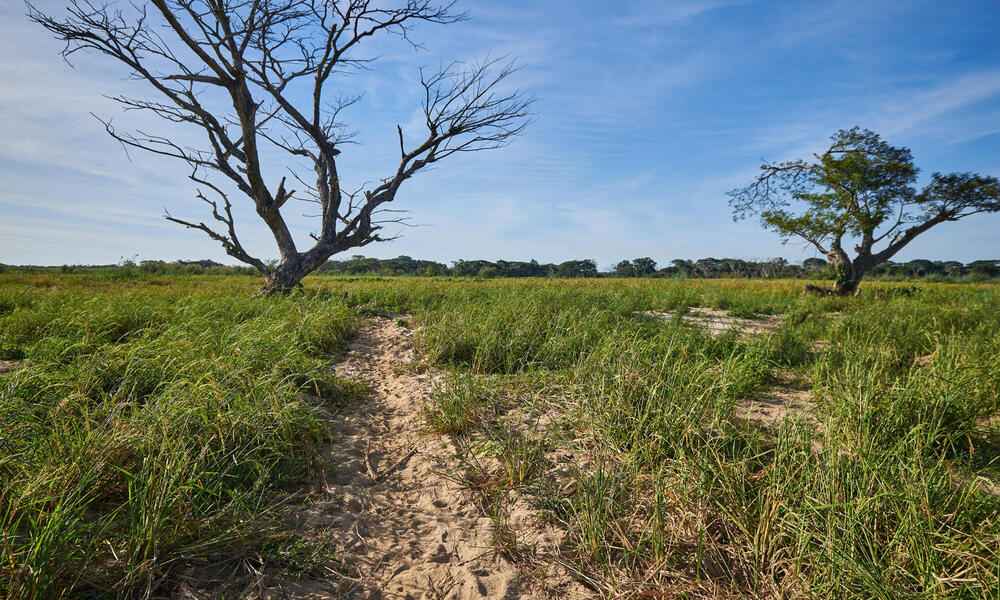Madagascar, an island nation known for its rich biodiversity, is also one of the most vulnerable countries to climate change in the world.¹ In just the past two decades, Madagascar has endured 30 cyclones and 17 flood events, leading to significant societal, environmental, and economic losses. Climate change is a threat multiplier. In other words, the combined risks of cyclones, altered precipitation patterns, and rising sea levels feed off of each other and exacerbate current challenges. It is more important than ever that societies around the world build up their resilience and mitigate future disaster risk by integrating nature as our ally.
In May 2024, WWF's Environment & Disaster Management (EDM) program team traveled to Madagascar to build capacity for and conduct a Rapid Environmental Assessment (REA) with local governments, organizations, and communities. REAs are designed to quickly assess—in a post disaster situation—environmental issues related to recovery and rebuilding safely and responsibly. Including environmental considerations in disaster reconstruction and recovery policies and practices can reduce the physical, social, environmental, and economic risk of future extreme events.

Bedara village houses with visible impact from the cyclone.

Impacts and Recovery after Cyclone Gamane
In March 2024, Cyclone Gamane struck Madagascar, causing extensive flooding, wind damage, and agricultural losses.² The cyclone's impacts were severe, with heavy rainfall leading to flooding in the regions of Diana, Sava, and Analanjirofo. Rivers overflowed, inundating homes, schools, and agricultural lands, carrying away cattle, and causing extensive damage to infrastructure, including two major bridges. The cyclone impacted 535,000 people, displaced over 22,000, resulted in 18 deaths, and increased the transmission of waterborne diseases.³ In addition, the agricultural sector suffered greatly, losing crops and livestock and in turn magnifying food insecurity and upending livelihoods.
Cyclone Gamane was particularly devastating due to storms and flooding events earlier in 2024, which had already left the landscape in a weakened state. This sequence of events illustrates the increasing difficulty of recovery in the face of frequent and intense weather events. Furthermore, the cyclone's impacts on infrastructure and agriculture demonstrate the vulnerabilities of already marginalized communities. Aging infrastructure and habitat degradation caused by land use decisions exacerbate these risks, emphasizing the urgent need for comprehensive and sustainable recovery strategies.
Building Resilience with Rapid Environmental Assessment
The Rapid Environmental Assessment (REA) process is designed to quickly identify and evaluate the environmental impacts of disasters and to mitigate relief and recovery efforts that might worsen environmental degradation. The REA integrates environmentally responsible recovery practices into disaster assessments and recovery plans by recommending actions balancing immediate needs with long-term environmental management. This approach helps reduce future risks linked to environmental degradation. The REA process actively involves local communities, drawing on their knowledge and perspectives, while fostering ownership and participation in environmental management and resilience efforts. Conducting a REA builds capacity by training local officials, civil society organizations, and community members in environmental assessment techniques and integrating nature into disaster response.


